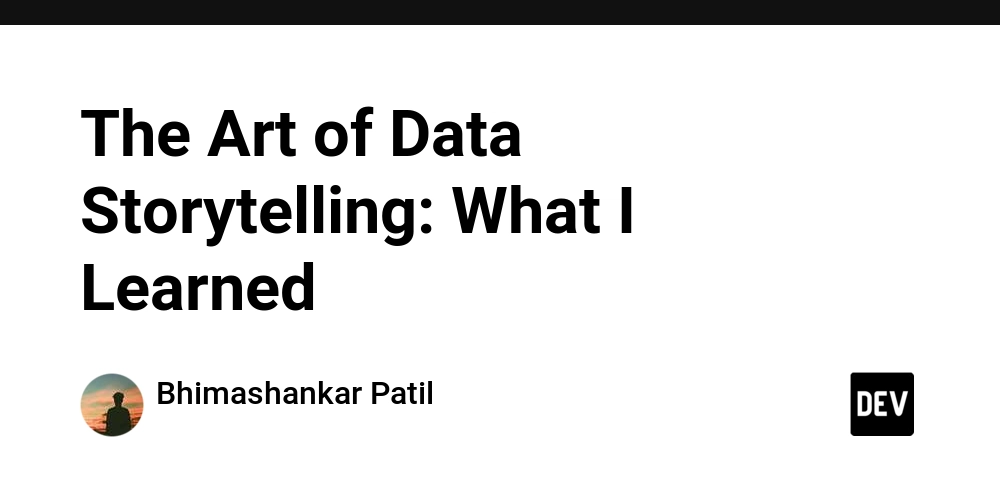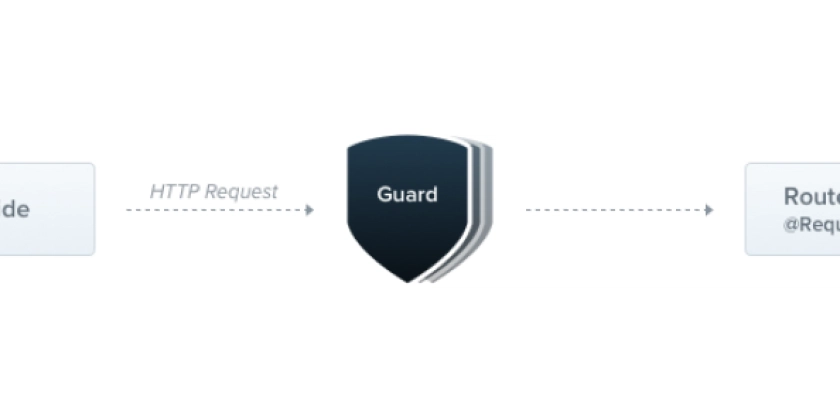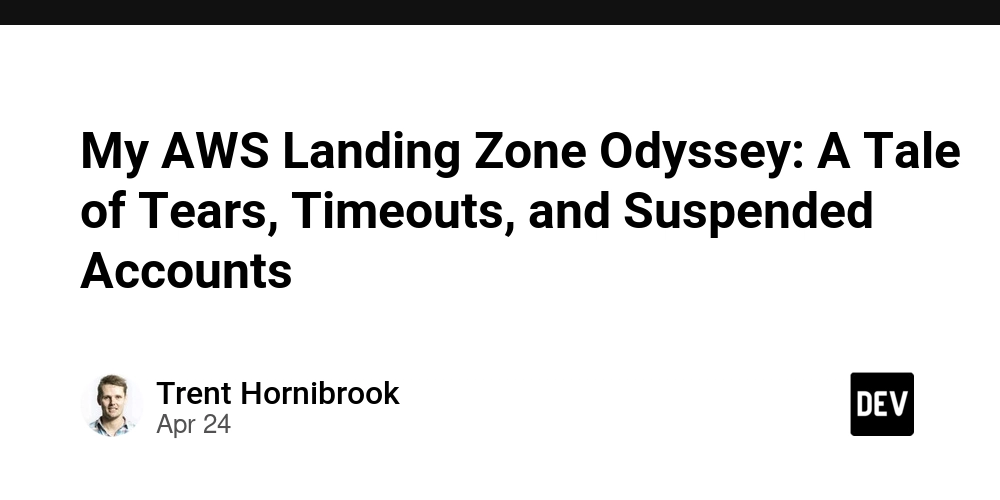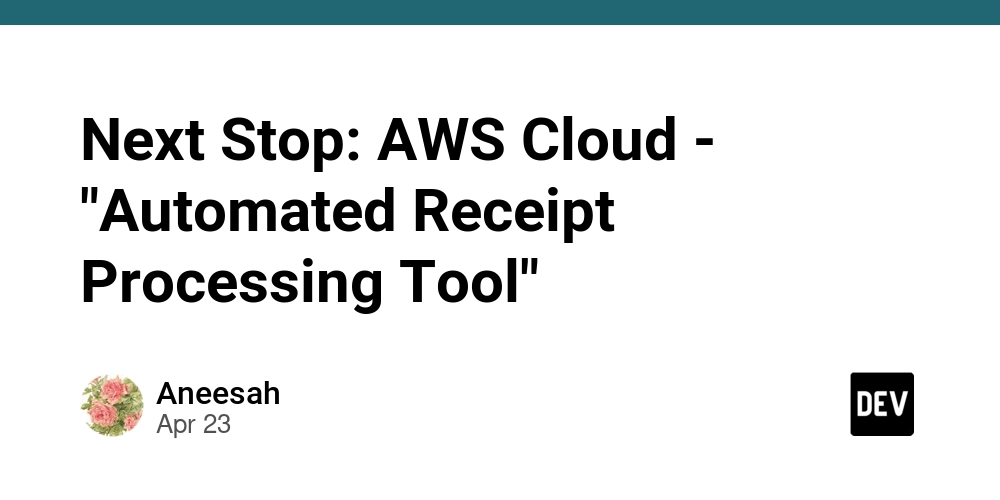
Transform Your Data Presentations: Master the Art of Data Storytelling for Impact
Feeling overwhelmed by endless data points and struggling to communicate their meaning? Are your presentations falling flat, leaving your audience confused and uninterested? Learn the transformative power of data storytelling to create clear, engaging narratives that drive action.
This guide takes you beyond basic charts and graphs, revealing how to craft compelling stories that resonate with your audience, whether they are project sponsors, business users, or delivery teams. Master data storytelling techniques to communicate your insights effectively.
Know Your Audience: The Foundation of Effective Data Storytelling
Before you even think about visualizing data, consider this crucial question: Who are you talking to? Understanding your audience is essential for building data stories that resonate and drive action.
- Project Sponsors: Need assurance that your solution aligns with their overarching business goals. Focus on the big picture and how your data supports strategic objectives.
- Business Users: Value solutions that simplify their daily tasks. Highlight the practical benefits and how your data translates into improved efficiency.
- Delivery Teams: Require information about feasibility and clear handoffs. Emphasize the technical aspects and the actionable steps they need to take.
Tailoring your data story to each audience ensures your message is not only heard but also understood and acted upon.
Explanatory Analysis: Turn Raw Data into Clear Insights
Explanatory analysis is the engine of compelling data storytelling. The process is about transforming messy inputs into clear, prioritized insights.
Use the "Who, What, How" framework:
- Who?: Identify the stakeholder with this need.
- What?: Define the specific outcome they need.
- How?: Explain the context.
By clarifying the context, you do not simply present data; you reveal the "so what," driving understanding and engagement.
The 3-Minute Story: Focus on the Essence of Your Message
Imagine having just three minutes to convey a vital requirement. Could you do it? The 3-minute story forces you to distill your message to its most important components.
- Core Need: What is the user's absolute requirement for success?
- Benefit: How will this improve outcomes, reduce risks, or enhance decision-making?
This exercise hones your data analysis interpretation skills which ensures that your audience grasps the essential insights quickly.
Storyboard Before Visualizing: Map Out the User Journey
Before diving into complex visualizations, create a storyboard to outline your presentation's flow. Similar to planning a movie scene, this step maps the intended user journey.
- Visualize how users will interact with the suggested solutions.
- Identify pain points and potential areas for improvement.
This structured approach helps you spot holes and logical inconsistencies early on, potentially saving time and resources.
Gestalt Principles: Design Principles for Clear Visuals
You don't need to be a graphic designer to create visually appealing data presentations. Applying Gestalt principles can significantly enhance clarity.
Some Gestalt principles include:
- Proximity: Group related elements together to show the relationship.
- Similarity: Use similar colors or shapes to indicate belonging to the same group.
- Closure: Simplify shapes into recognizable forms.
Using these principles, transform average dashboards into sleek, easily understandable tools.
Tell a Complete Story: Follow a Logical Narrative
Presenting data effectively is about more than just showing numbers. Follow a logical narrative structure to guide your audience through your insights.
- Context: What problems are you trying to resolve?
- Key Findings: Provide insight into the need.
- Requirements: What needs to be delivered to meet the need?
- Impact: What are the expected benefits?
- Next Steps: How to validate, prioritize, and assign ownership.
This structure moves the conversation forward, ensuring your audience remains engaged and invested in the outcome.
Unlock Impact Through Data Storytelling
By applying these strategies, you can start using the art of data storytelling to create presentations that resonate, engage, and drive action. Next time you're deep in a project, ask yourself, "What story am I telling here, and who needs to hear it?"


















![California Software Companies: Unveiling Tech Leaders & Future Trends [2025]](https://media2.dev.to/dynamic/image/width=1000,height=500,fit=cover,gravity=auto,format=auto/https%3A%2F%2Fcontenu.nyc3.digitaloceanspaces.com%2Fjournalist%2F5bd5aa41-4877-4647-a4d3-4f4915a589fc%2Fthumbnail.jpeg)




